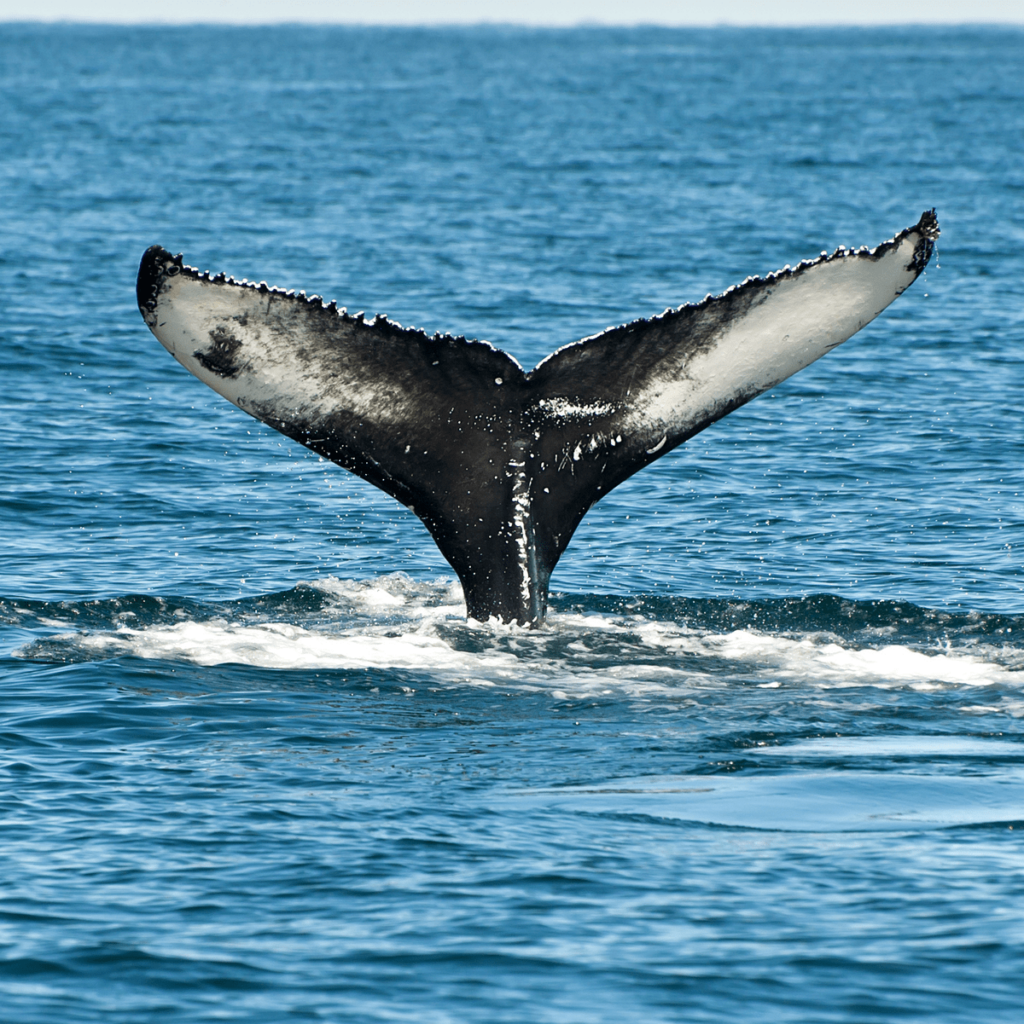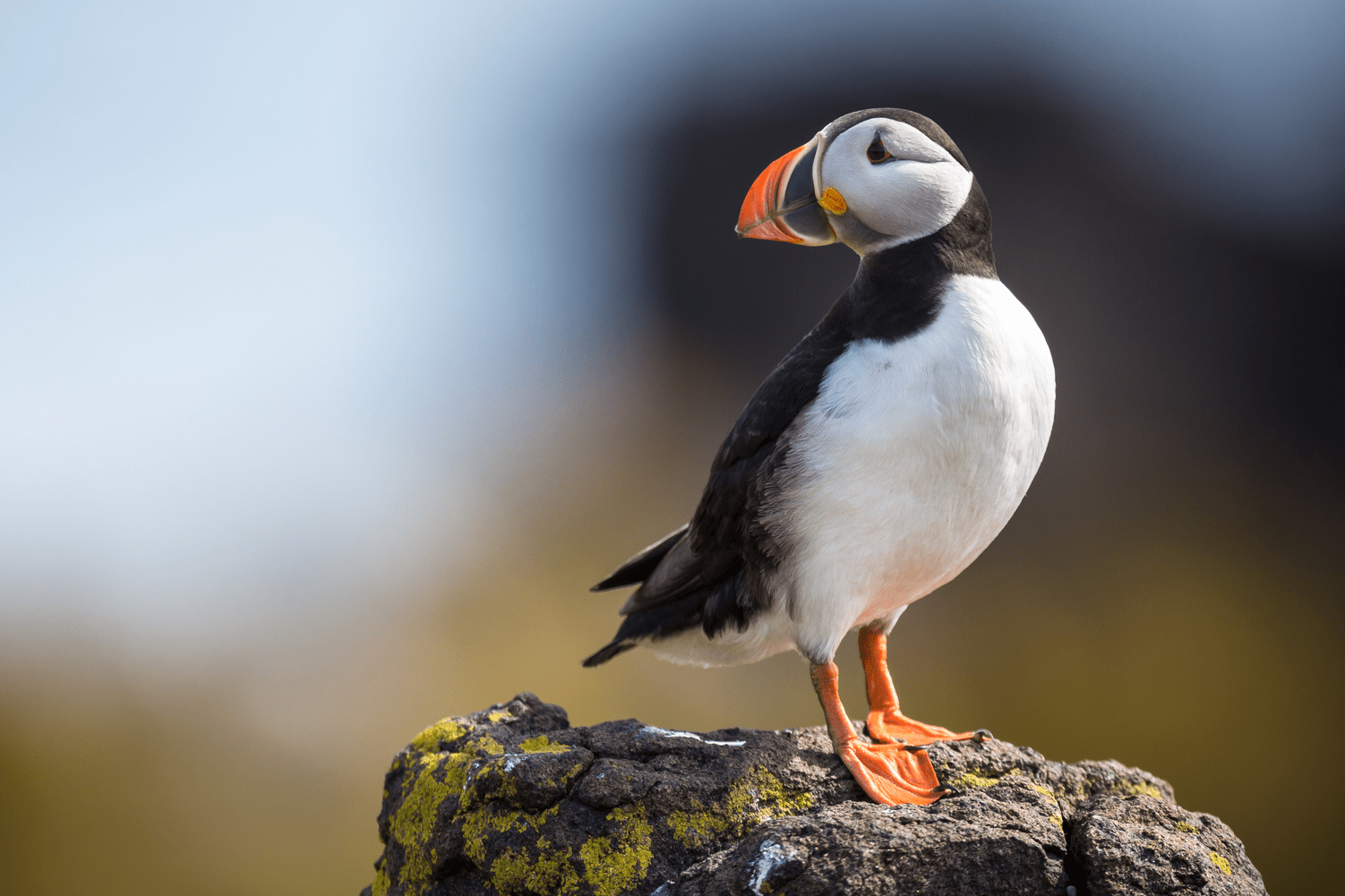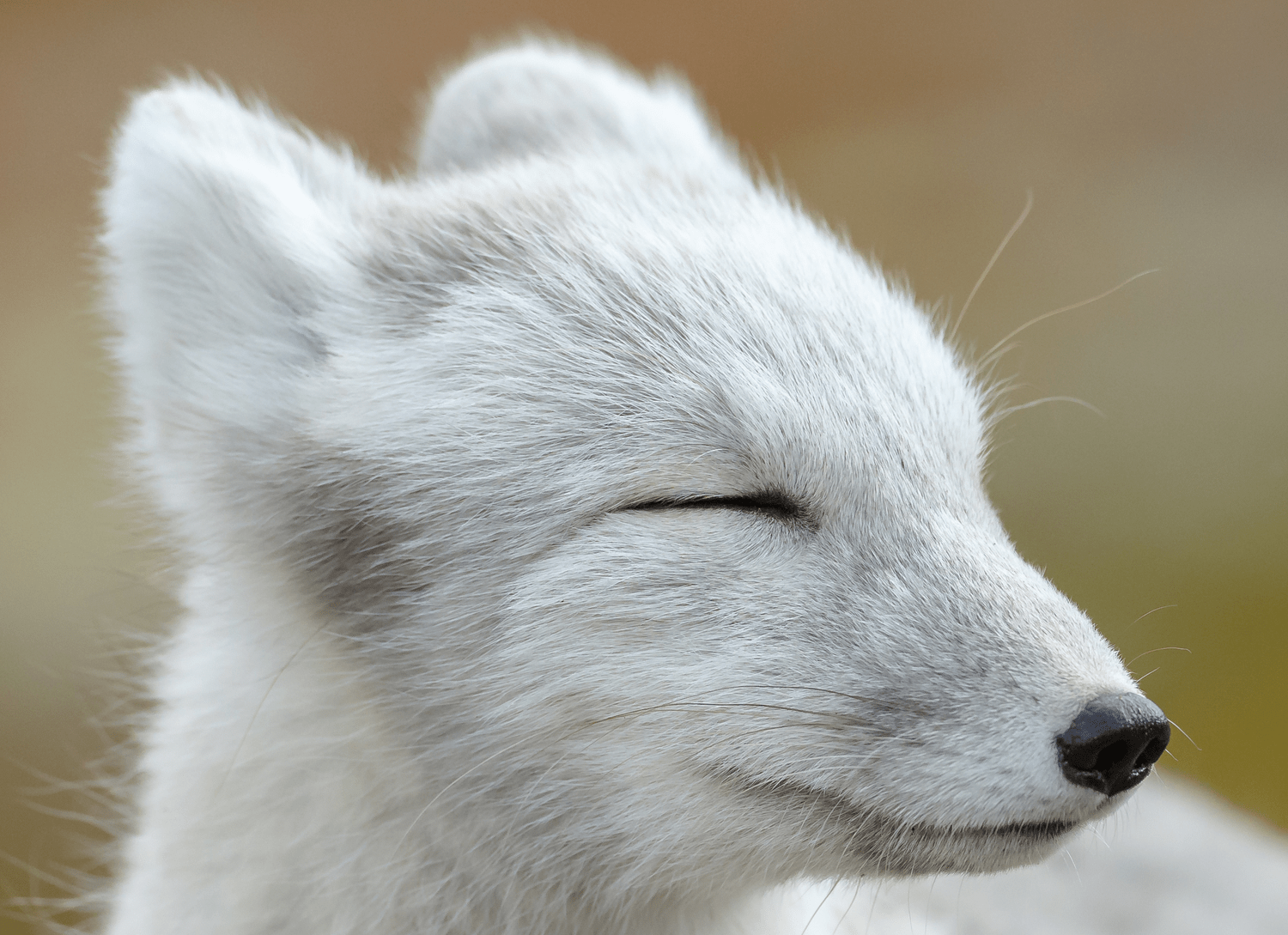The land once unknown to any terrestrial mammal, except Arctic foxes, is now home to many. That's how welcoming the nature of Iceland is. So, why not step into this inviting realm and witness wildlife in Iceland?
From puffins to blue whales, exotic species spread across different horizons will be a sight to behold.
If you've been long planning a wild tour around Iceland to spot the native species in their natural habitat, then you've rolled into the right place.
You can also discover extraordinary wildlife on one of the available Arctic cruises. Iceland is often on these itineraries, allowing you to book wildlife tours.
So who am I, you ask? For the last 17 years, I (Niels Thomas) have worked as a marine mammal specialist and wildlife expert focusing on aquatic wildlife conservation.
Today, I have formed this brief yet informative guide to acquaint you with the wildlife of Iceland.
But before that, pledge not to taint the grounds you'll be walking on and engage respectfully with the children of Mother Nature.

Table of Contents
Where to Watch Wildlife in Iceland
Get ready for the free animal safari. Here is a list of places where the exotic wildlife of Iceland can treat budgeted travelers.
1. Whale Watching from Snæfellsnes Peninsula
Whale watching in Iceland is the top priority of people wanting to capture the magnificent beauty of these sea creatures.
You can spot almost 23 types (eight commonly found) of cetaceans in Icelandic waters.
The sight of acrobatic humpbacks is beautiful, and if you're lucky enough, then the planet's largest mammal, the blue whale, might be around the corner.
Still, no matter how lucky you get during your tour, protecting the local whale population is a duty that even tourists mustn't wipe their hands of. Hence, peaceful whale watching from the shores is a perfect choice.
How To Get There
It takes around three hours to reach the Snæfellsnes Peninsula if you're traveling from Reykjavik. You have to initially take Route 1 (the Ring Road) and then continue westward via Road 54.
Best Time To Travel
The best time to travel to enjoy whale watching is from April to September. Although they can be spotted in winter, too, the weather is harsh and not ideal for first-timers.
Where To Stay
Campervans are best when traveling to Snæfellsnes Peninsula due to the number of stops people make during their drive.
Rest assured if you're not one of them, as many hotels are available in Snæfellsnes. But remember to book ahead of time as the rush is high during peak seasons like summer.
Related: Best Things to Do in Iceland

2. Látrabjarg Peninsula, Westfjords – Seabirds' Paradise
Your Icelandic itinerary is incomplete if you haven't spotted a clumsy little bird in the burrows spread across dramatic fjords in Látrabjarg.
The largest sea cliff and the westernmost point of Iceland, Látrabjarg, is located in Westfjords. It's a paradise of exotic bird species like puffins, arctic terns, razorbills, and many others that call Iceland “home.”
People usually visit these mighty cliffs to spot puffins where these bright-beaked birds can be seen tending to chicks or bill-tapping their mates in love nests.
Even razorbills are a sight to sore eyes with their black-white fur. And on a lucky day, you could even spot a mighty whale across the cliff.
How To Get There
The drive to Látrabjarg is around 6-7 hours long if you rent a car from Reykjavik and take the Ring Road, Roads 60, 62, and 612.
The initial journey will start from Reykjavik to Westfjords, after which you'll have to change to Road 60 and then drive to Látrabjarg by changing roads along the way.
Although the drive is entirely laid back during most of the journey, there might be some bumps on the gravel road (612) leading to Látrabjarg.
Also, while traveling to Látrabjarg cliffs, don't forget to fill up the tank and have something to munch on, as there's no gas station or restaurant in the area.
Best Time To Travel
The best time to travel to the Látrabjarg cliffs to spot puffins and other wildlife in Iceland is from mid-May to late August, which is the nesting season. Any other time, you won't be fully able to enjoy the beauty of this exotic bird.
Moreover, you should plan a visit early in the morning or late in the evening to make the most of your journey to this remote location.
Where To Stay
Látrabjarg cliffs are relatively remote, so accommodation is quite scarce.
The closest town is Patreksfjordur which is around 8 miles (13 kilometers) away, and this is where most travelers find cheap lodging after hiking across the Látrabjarg cliffs.
Getting a hotel in Orlygshofn is also the most convenient, affordable, and popular choice among travelers. Besides that, you could even camp in Breiðavík near Látrabjarg.
Related: Northern Lights in Iceland

3. Hornstrandir, Westfjords – Arctic Foxes
Meet the steely gaze of Arctic foxes, the first dwellers and the rightful landlords of Iceland, in Westfjords. These creatures are a gift of nature and can be spotted easily in the Hornstrandir Nature Reserve in Westfjords.
Isolated from the hustle-bustle of humans, this place calls for visitors with a determination to spot a fox in its natural habitat. If you're one of those who like such sites, you might even see one or two of them.
How To Get There
Trained hikers can plan a tour alone to Hornstrandir Nature Reserve. As it's in an isolated area, you can't reach there by road, so renting a car is out of the options. Therefore, you have to take a boat to reach the area.
The ferry service providers, West Tours and Borea Adventures, run from Ísafjörður to six locations in this Nature Reserve.
Due to its remote location, zero network, and unpredictable weather, the ferry services aren't available daily at all locations. That's why you must plan accordingly and book tickets both ways ahead of time.
Best Time To Travel
The weather in Hornstrandir Nature Park is unpredictable as the temperature can go up in seconds, and a storm is just a mile away. In short, you can never say when the weather will turn worse, so you must be prepared.
Ideally, traveling between mid-June to the end of July would be best. Besides, the area is uninhabitable in winter due to extreme temperatures. So, it would be best if you went prepared and only at the right time.
Where To Stay
You won't find luxurious camping in the wilderness of Hornstrandir, and only a few campsites are available.
They have dry toilets and even emergency shelters in some of the campsites. Also, remember that you can't camp anywhere apart from the designated camping areas.
Besides, you must be extremely careful not to disturb the natural environment while camping or hiking.
4. East Iceland – Reindeer Heaven
A trip exclusively reserved for Icelandic wildlife won't be complete without a trip to East Iceland to catch a glimpse of wild reindeer.
Like most terrestrial mammals in Iceland, reindeer aren't native to the island and were imported from Norway in 1775.
Today, these cinematic species with their magnificent antlers can be spotted while roaming in East Iceland, especially around Mount Snæfell, Vesturöræfi, and Brúaröræfi in summer, albeit rarely.
How To Get There
A road trip to the east of Iceland along the coastline will give you ample chances to spot a reindeer, especially in winter.
The town of Seydisfjordur offers a beautiful sight of reindeer while driving across the road.
The town is at the end of Route 93, and to reach there, you must take Route 92 from Ring Road.
After that, continue along Route 93 to reach Seydisfjordur after turning left. It's a scenic drive with snowy plains, even in summer, and you will surely love it.
Best Time To Travel
Seydisfjordur has a tundra climate. You could end up stuck in freezing weather or rainstorms without proper research.
So, the ideal time to visit the place to catch sight of reindeer would be from June to August. Although the temperature is cold, the weather during this time is clear without rainfall.
Where To Stay
There are many hotels available if you're planning to stay in Seydisfjordur. From budget to luxury, you will have many options and can choose whatever suits your pocket.
If you ask us, then we'd recommend Vid Lonid Guesthouse with its wooden walls and minimal design.
By booking a room that oversees the scenic beauty of the fjords, your trip to Seydisfjordur would be a genuine delight.
5. The Ring Road – Icelandic Horse and Sheep
Icelandic horses, sheep, and sheepdogs aren't rare in Iceland, unlike reindeer.
Like other mammals, they aren't the natives of the island and were imported by early settlers for sustenance. So, if you want a free safari on the island, these grazers will be happy to oblige.
Today, you could catch them fenced or grazing in vast expanses of land while driving through Ring Road, which encircles the whole island. So, catching sight of these can be pretty easy.
How To Get There
Starting from Reykjavik, you can rent a car for a self-driving tour across the Ring Road or Route 1 and watch myriads of attractions along the way. Watching horses is more like a bonus while enjoying the scenic drive.
Best Time To Travel
Traveling between July and August gives you ample opportunities to spot these domesticated animals across the Ring Road.
The temperatures are warm, and there's 24-hour sunlight in June. So you can make the most out of your journey.
Where To Stay
Outside of Reykjavik, the Ring Road has limited options for lodging. However, you have Airbnb or guesthouse options in some major towns like Akureyri, which fall along the way.
Besides that, you also have the option of camping which is available throughout the Ring Road in the summer if you're a budgeted traveler.
***
The wildlife of Iceland is diverse and can be spotted without much investment in tours or safaris.
But first-time travelers are mostly unaware of this fact. Hence, we compiled this brief article on five places where animals can be spotted for free in Iceland.
We hope you liked this short compilation and will look forward to exploring the wild beauty yourself too.
Planning a trip? Go Backpacking recommends:
- G Adventures for small group tours.
- Hostelworld for booking hostels.
